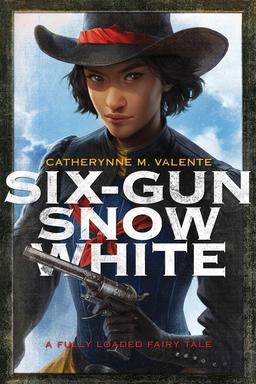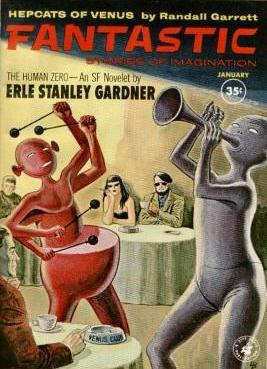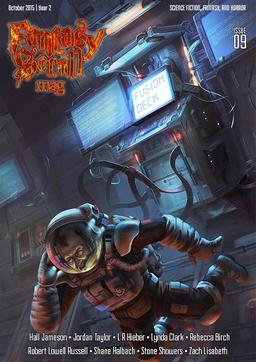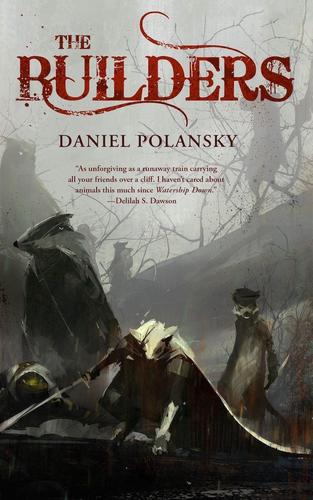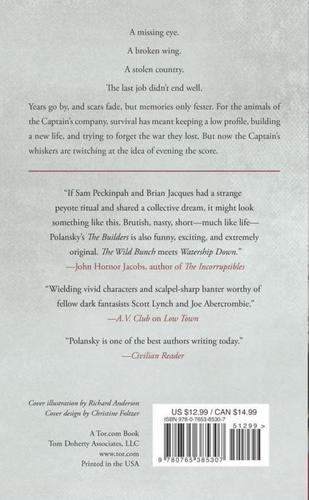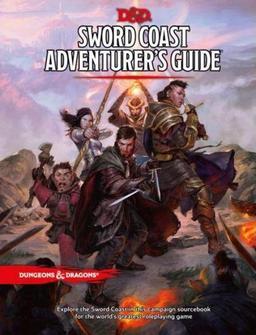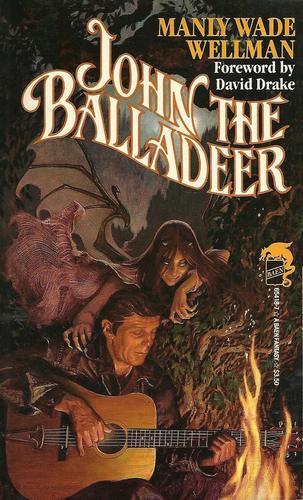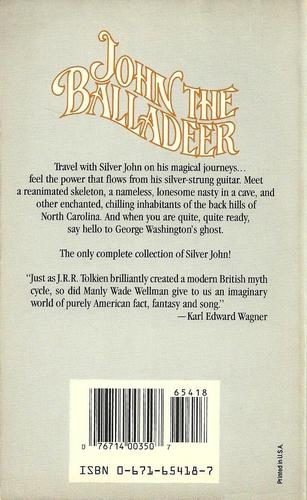Vintage Treasures: The Joyous Invasions by Theodore Sturgeon
 I’ve been gradually surveying the many collections of Theodore Sturgeon, one of the finest — some would say the finest — short story writers the field has ever seen. They’re easy to obtain, and very inexpensive, although the vast majority have been out of print for over three decades.
I’ve been gradually surveying the many collections of Theodore Sturgeon, one of the finest — some would say the finest — short story writers the field has ever seen. They’re easy to obtain, and very inexpensive, although the vast majority have been out of print for over three decades.
Well, most of them are easy to obtain. There are a few exceptions, and one of them is The Joyous Invasions, a collection of three novellas that appeared only in the UK. I’ve been trying to find a copy since I first discovered it existed earlier this year, and I finally succeeded last week. Here’s the description.
Alien Incursions
A tiny parasitic being whose task is to prepare humanity for an extra-terrestrial takeover. Its method: to make all dreams come true…
The ultimate sick TV show of the future — where the attractions are children struck down by a mysterious disease from outer space…
An alien field-expedition to Earth, which bases itself in a cheap boarding house — with weird and very unexpected results…
Here, together in one volume, are three stunning novellas by one of the giants of modern Science Fiction
The Joyous Invasion contains two of Sturgeon’s most famous stories, and one I’d never heard of.
“To Marry Medusa” (Galaxy Science Fiction, August 1958)
“The Comedian’s Children” (Venture Science Fiction Magazine, May 1958)
“The [Widget], the [Wadget], and Boff” (The Magazine of Fantasy and Science Fiction, November 1955)

